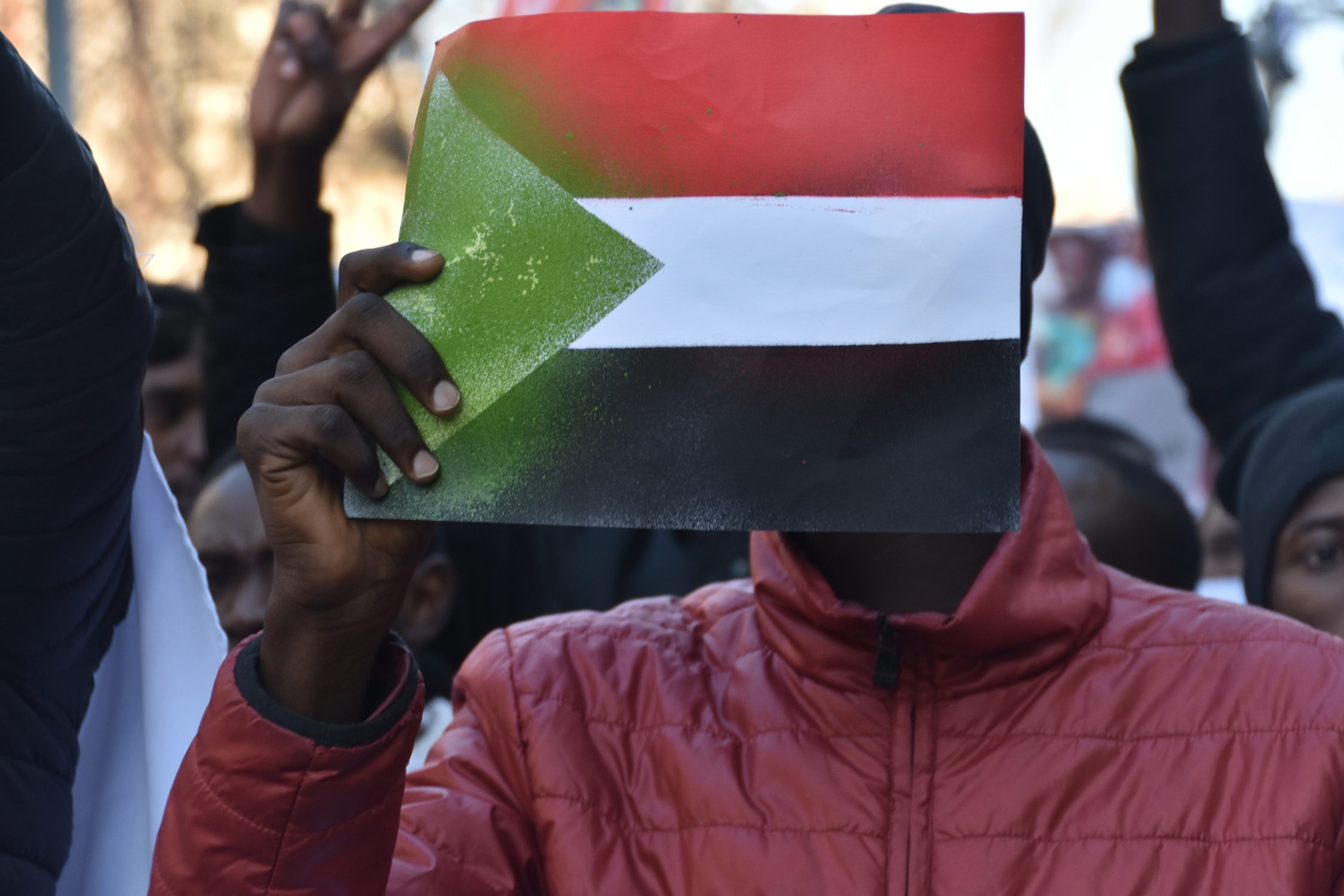A new journal article by Mulugeta Berhe Gebrehiwot, a former WPF Research Fellow and Director of the African Missions Program, is now available through International Peacekeeping. The essay, ‘The norms and structures for African peace efforts: The African peace and security architecture’ was partially developed for the WPF report, ‘African Politics, African Peace.’
Abstract:
The African Peace and Security Architecture (APSA) is a set of norms and structures developed and designed to enable Africa with its peace and security affairs. It is an important instrument that enabled Africa gain significant success in its efforts to promote stability in Africa. The APSA was designed in the early 2000s and Africa needs to fully implement its norms and fully utilize its instruments. There is also a need to address gaps and redundancies so that it fits to the current context of new internal and global challenges.
From the conclusion:
The APSA is a combination of both norms and structures that guide AU’s peace and security responsibilities. The key norms are multilateralism, democratic constitutionalism, non-indifference, and inclusivity of all stakeholders in the management and resolution of African conflicts. Africa, as a continent that is weak within the global order, has much to gain from respect for these norms; and it should always bear this basic concern in mind. It shares the foundational principles of the UN and the two organizations need each other and their relationship should be based on complementarity.
Without disregarding the need to either expand and/or deepen some of the norms set to meet the demands of the changing dynamics, one can clearly see that the articulated norms can take Africa a long way to stability and sustainable peace if member states and the AU adhere to their application. One can therefore see the APSA in its normative contents is sufficiently designed and developed to guide the states and their continental organization in their policy designs and practices to silence the guns in Africa.
The APSA is also a structure, a set of tools and mechanisms that enable the AU to deal with the challenges of peace and security. The instruments of APSA are increasingly enabling Africa to intensively engage in managing and resolving conflicts in Africa. However, the structures of APSA were designed to the conditions of the early 2000s and there is a need to recalibrate them so they become fit to the requirements of today. Some of the key issues of implementation as related to the structures of APSA are the following.
Criteria for membership to the AU PSC must be adhered to and elected members should meet the requirements for a member as articulated in the PSC protocol. The PSC also needs to enhance and strengthen its interface with the UNSC and its A3 members of the UNSC in the line with the AU PSC decision passed in its 59th meeting held in 28 April 2016.29 In a similar manner, the AU PSC needs to streamline its coordination with the African RECs.
In order to meet the growing demand for African led political missions and mediations the AU has been using varying set of ad hoc mechanisms over and above its existing pillar of the POW. These ad hoc mechanisms include political missions and high-level panels led by non-members of the panel and several mediation tasks led and reporting to the AU. The ad hoc mechanisms including mediation, political offices, and high-level panels should be perceived as an expanded form of the panel. There is a need for the structure of APSA to include a mediation support unit (MSU). The MSU should have a role in documenting of Africa’s experiences in mediation, maintaining an archive of these exercises, providing a forum for reflection and analysis as well as an efficient management system that enables it to expedite expert support to mediators and high-level panels. The AU should also move forward to operationalize the Action Plan developed to build the AU’s Mediation Capacity (2009)3031 developed to provide administrative support and guidance.
Most lapses of conflicts in Africa are related to the failure of Post Conflict Reconstruction and Development (CPRD) practices in general and those components related to Security Sector Reform (SSR) in particular. Reasons for a low success rate in SSR are related to its being template-based approach by the international actors. There is a need for the AU to conceptualize CPRD as its conflict prevention strategy and revamp its structures to be driving a context approach programming and implementing such exercises.
The structure and management of the ASF should reflect the two broad scenarios discussed in our discussion earlier. Preventive deployments based on the consent of at least one of the parties and peace enforcement and stabilization missions deployed with or without the consent of the conflicting parties to tackle major crisis situations as articulated in Article 4(h) and (j) of the Constitutive Act of the AU are the two scenarios. The ASF’s deployment should focus on preventive deployments while the AU runs the peace enforcement and stabilization missions through the CoW retaining the responsibility of authorizing them, setting norms for running these operations while supporting them financially.
The CEWS should be capacitated to develop a proper baseline data on African conflicts and to have a proper conflict analysis capacity. The AU heads of states and governments also emphasized on this in their ‘Tripoli Declaration32 on the Elimination of Conflicts in Africa and the Promotion of Sustainable Peace’ in August 2009 recognizing that peace and security in Africa is also an intellectual challenge instructing the AUC to cooperate with African research institutions, think tanks, and academic institutions. It is also important for the CEWS to engage AU’s policy organs in understanding their priorities and uptake of its EW reports.
The structures of APSA should also be expanded to be capable of dealing with African shared spaces with other continents and interact with the extra-regional organizations that may come into interaction as a result. Furthermore, APSA requires a fuller integration of the instruments of the AGA so that its effectiveness in conflict prevention and early response tasks becomes more effective
In short, Africa needs to use its APSA instruments and recalibrate some aspects of its instruments to make them fit to evolving developments as the system was not seamlessly designed before being implemented as it was built in an incremental model trying to adjust to every new development. This brief review has attempted to indicate some of the key areas the APSA needs to address so that it effectively serves its intended objectives.
The full essay is available here.


